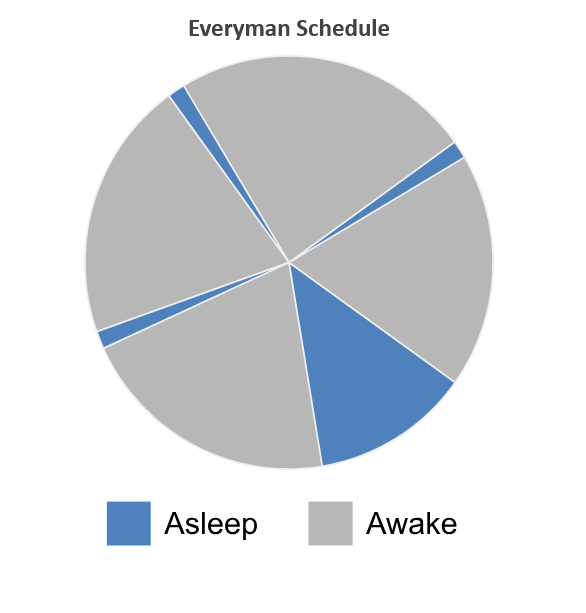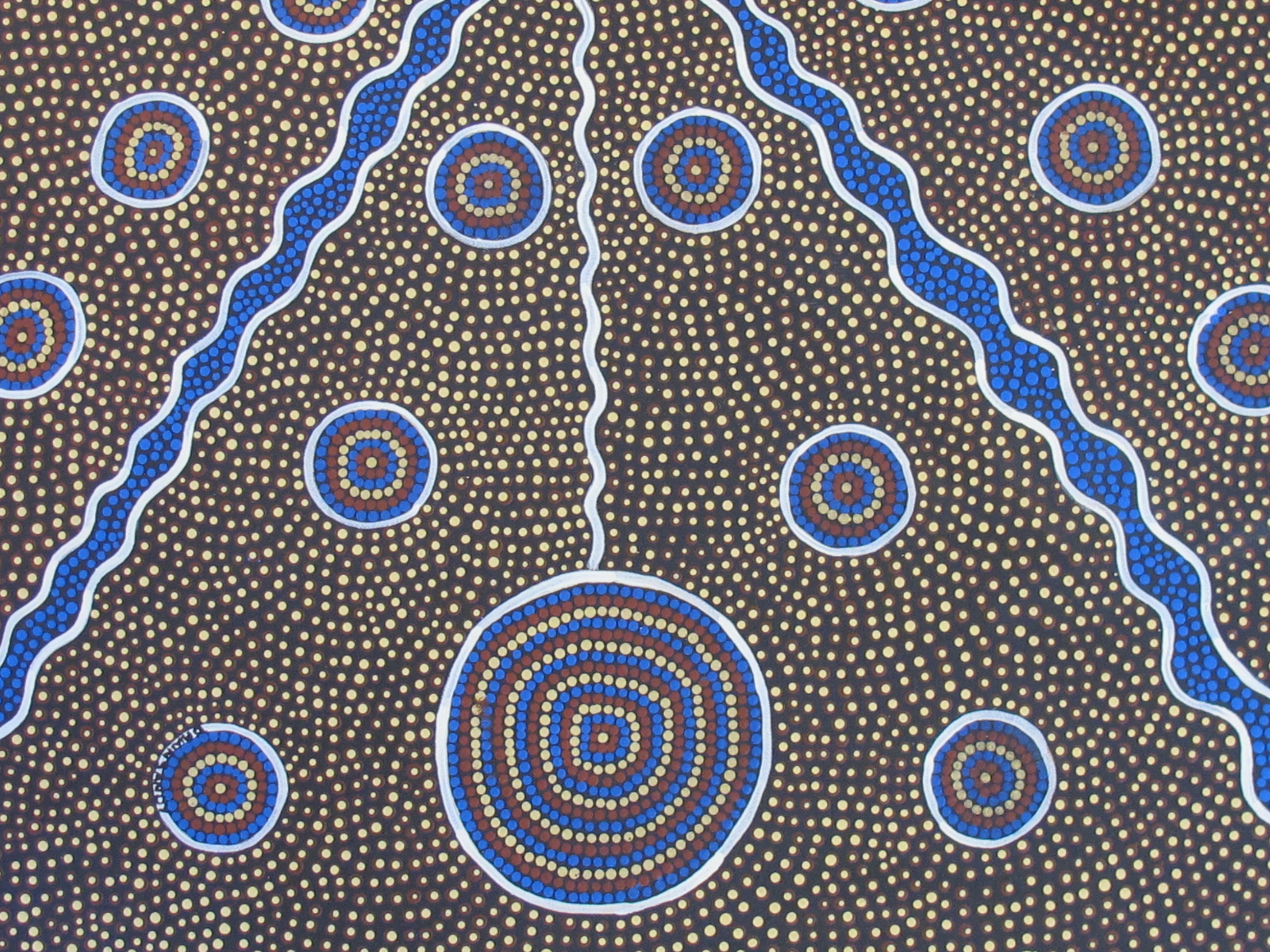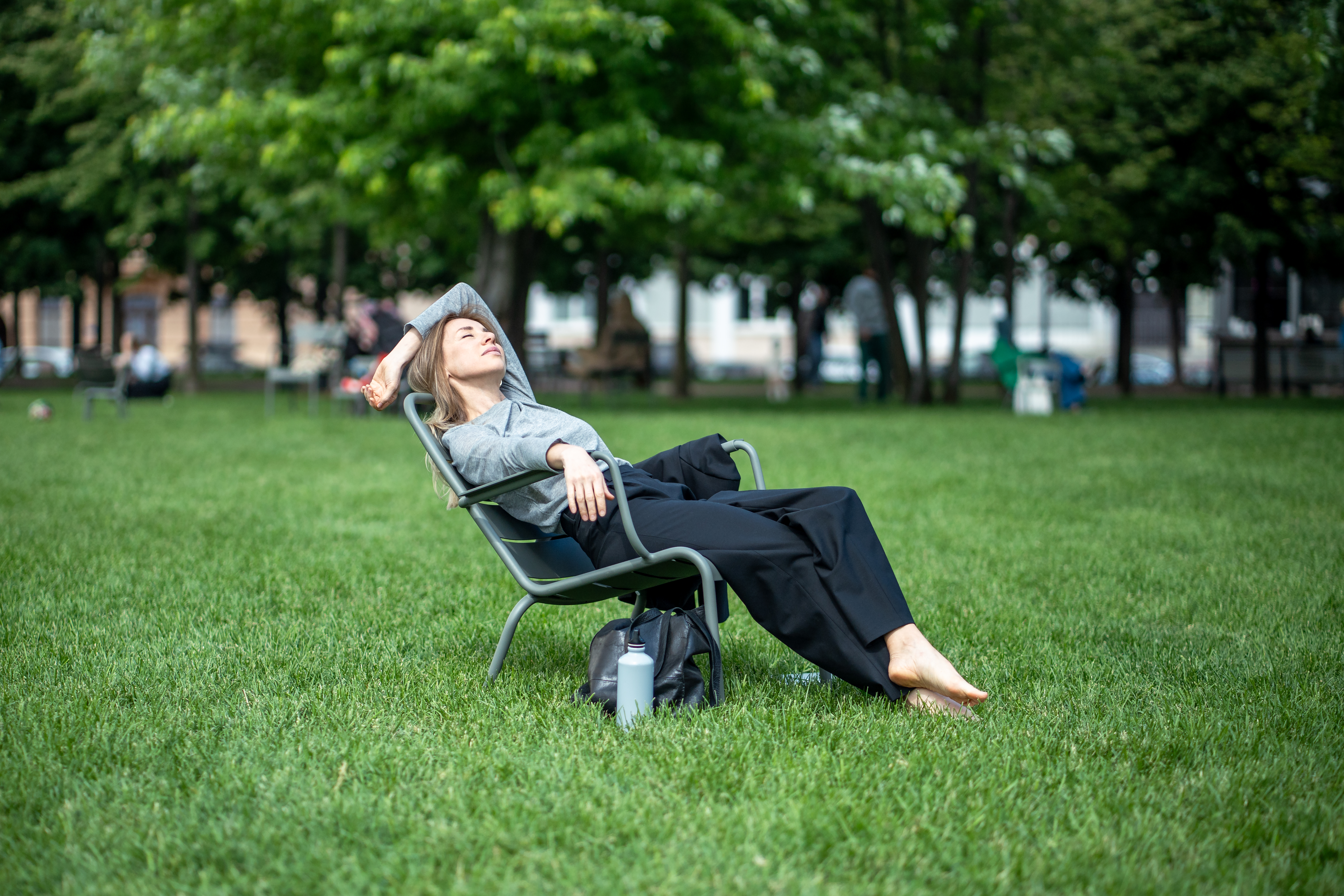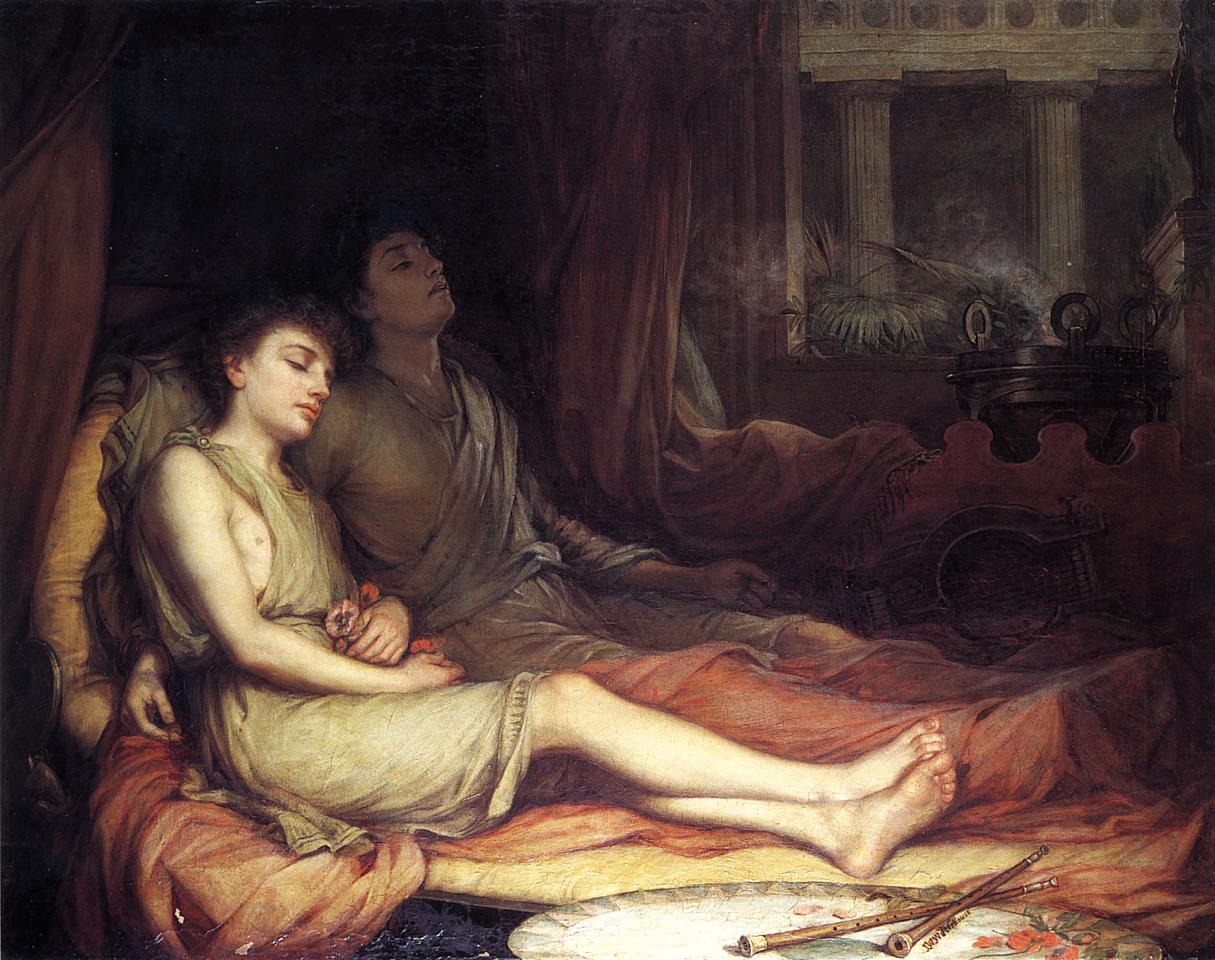10 Strange Facts About Sleep and Dreams From Around the Globe
Sleep is a universal experience, yet it remains one of the most enigmatic aspects of human life. Every night, billions of people around the globe close their eyes and enter a world that is as mysterious as it is essential—a world where the mind weaves dreams, the body rejuvenates, and the soul finds solace. Despite its ubiquity, sleep is shrouded in myths, cultural interpretations, and scientific inquiries that continue to fascinate and perplex us. This article embarks on a journey through the dreamscape, uncovering 10 strange sleep facts from various corners of the world. From ancient rituals to modern scientific discoveries, these facts reveal the multifaceted nature of sleep and its significance in human culture and health. As we delve into these intriguing aspects, we will explore how different societies understand and interact with sleep, offering a window into the diverse ways it impacts our lives.
1. The Science of Sleep: An Overview

Understanding sleep begins with a look at its biological underpinnings. Sleep is a complex physiological process that involves multiple stages, each playing a crucial role in maintaining health and well-being. The sleep cycle consists of non-REM (Rapid Eye Movement) and REM stages, with non-REM sleep further divided into three phases. During non-REM sleep, the body undergoes physical restoration, with processes such as tissue growth and repair, muscle building, and immune function enhancement taking place. REM sleep, on the other hand, is associated with brain activity similar to wakefulness and is crucial for cognitive functions such as memory consolidation, problem-solving, and emotional regulation.
The circadian rhythm, an internal clock regulated by the hypothalamus, orchestrates the timing of sleep. This rhythm is influenced by external cues like light and temperature, which signal the body when to sleep and wake. Disruptions in this rhythm, such as those caused by shift work or jet lag, can lead to sleep disorders and impact overall health. The importance of sleep is further underscored by its evolutionary roots; it is a behavior observed in nearly all animals, suggesting its critical role in survival. As we explore sleep across cultures, we will see how these scientific principles intersect with cultural beliefs and practices.
2. The Dreamtime of the Aboriginal Australians

In Aboriginal Australian culture, sleep is intertwined with the concept of Dreamtime, a foundational aspect of their spiritual beliefs. Dreamtime is not merely the period during which one dreams; it is a sacred era where ancestral spirits created the world and established the laws governing existence. This spiritual framework is deeply embedded in their understanding of the natural world and human life. Sleep, in this context, is a bridge to the spiritual realm, offering insights and guidance from the ancestors.
Dreams are considered messages from these ancestral beings, providing wisdom and direction. They are an integral part of storytelling and cultural transmission, with elders interpreting dreams to teach younger generations about cultural values and history. This belief system highlights the profound connection between sleep and spirituality, demonstrating how cultural interpretations of sleep can shape societal norms and practices. By viewing sleep as a conduit to a deeper understanding of the world, Aboriginal Australians exemplify the spiritual dimension of sleep that transcends mere biological necessity.
3. The Siesta: Spain’s Midday Respite

In Spain, the siesta is a well-known cultural practice that underscores the importance of rest in daily life. Traditionally, the siesta is a short nap taken after the midday meal, typically lasting between 20 to 30 minutes. This practice is rooted in the need to escape the intense afternoon heat, particularly in rural areas where agricultural work is common. However, the siesta is more than just a practical response to climate; it reflects a lifestyle that values balance and well-being.
The siesta has been linked to various health benefits, including improved cardiovascular function, reduced stress, and enhanced cognitive performance. Despite its declining prevalence in modern urban settings due to changing work schedules and societal norms, the siesta remains a symbol of Spain's cultural identity. It illustrates how cultural practices around sleep can be shaped by environmental factors and societal values, offering insights into the diverse ways different cultures prioritize rest and recovery.
4. Japan’s Inemuri: Sleeping on the Job

In Japan, the phenomenon of inemuri, or "sleeping while present," is a unique cultural practice that blurs the lines between work and rest. Unlike the Western perception of napping as a sign of laziness, inemuri is often seen as a testament to one's dedication and hard work. It is not uncommon to see people napping in public places like trains, cafes, or even during meetings, as it is considered acceptable to doze off as long as one remains socially engaged.
Inemuri reflects the high value placed on diligence and productivity in Japanese society, where long working hours are the norm. It serves as a coping mechanism for managing fatigue and stress, allowing individuals to recharge without disrupting their responsibilities. This practice highlights the adaptability of sleep to fit cultural expectations and the ways in which societies negotiate the balance between work and rest. Inemuri offers a fascinating perspective on how cultural norms can influence sleep behavior, challenging conventional notions of when and where sleep should occur.
5. Lucid Dreaming: The Tibetan Yogis’ Practice

Lucid dreaming, the ability to become aware of and control one's dreams, is a practice that has been cultivated for centuries in various cultures. Among Tibetan Buddhists, lucid dreaming is an essential component of dream yoga, a spiritual discipline aimed at achieving enlightenment. Dream yoga involves training the mind to recognize the dream state and use it as a platform for meditation and self-discovery. The practice of lucid dreaming is believed to enhance mindfulness, increase self-awareness, and facilitate personal growth. It is seen as a way to explore the subconscious mind, confront fears, and gain insights into the nature of reality. Scientific research has shown that lucid dreaming can be induced through techniques such as reality testing and mnemonic induction, offering potential therapeutic applications for conditions like PTSD and anxiety.
The Tibetan approach to lucid dreaming underscores the profound connection between sleep and consciousness, illustrating how cultural practices can harness the power of dreams for spiritual and psychological development. By exploring the intersection of sleep and spirituality, we gain a deeper appreciation for the diverse ways in which cultures engage with the dream world.
6. Sleep Paralysis: A Global Phenomenon

Sleep paralysis is a phenomenon that transcends cultural boundaries, affecting people worldwide. It occurs when a person becomes conscious during the transition between sleep and wakefulness but is unable to move or speak. This experience can be accompanied by vivid hallucinations and a sense of pressure on the chest, often leading to intense fear. Despite its prevalence, sleep paralysis is not well understood and is often attributed to supernatural forces in various cultures.
In Western societies, sleep paralysis is commonly associated with scientific explanations involving disruptions in REM sleep. However, in other cultures, it is often linked to folklore and mythology. For instance, in Japan, it is known as kanashibari, believed to be caused by vengeful spirits. Similarly, in parts of Africa, it is attributed to witchcraft or demonic possession. These cultural interpretations highlight the interplay between biological phenomena and cultural beliefs, illustrating how societies make sense of experiences that defy conventional understanding. Understanding sleep paralysis from a cross-cultural perspective offers insights into the ways in which sleep-related phenomena are interpreted and managed, reflecting the diverse ways in which cultures navigate the boundary between the natural and the supernatural.
7. The Role of Sleep in Traditional Chinese Medicine

In Traditional Chinese Medicine (TCM), sleep is considered a vital component of health and balance. TCM views the body as an interconnected system of energy pathways, known as meridians, through which qi (vital energy) flows. Sleep is believed to be essential for the restoration and circulation of qi, with disruptions in sleep patterns seen as indicators of underlying imbalances in the body.
TCM emphasizes the importance of aligning sleep with natural cycles, such as going to bed early and rising with the sun, to harmonize with the body's internal clock. Herbal remedies, acupuncture, and dietary adjustments are commonly used to address sleep disturbances, reflecting the holistic approach of TCM. The focus on balance and harmony in TCM underscores the importance of sleep in maintaining overall health and well-being. By examining the role of sleep in TCM, we gain a deeper understanding of how traditional medical systems integrate sleep into their frameworks, offering alternative perspectives on the relationship between sleep and health.
8. The Influence of Sleep on Indigenous Dream Practices

For many Indigenous cultures, dreams hold significant spiritual and cultural importance. Among Native American tribes, for example, dreams are seen as a means of communication with the spirit world, offering guidance and insight. The practice of dreamcatchers, woven hoops adorned with feathers and beads, is rooted in the belief that they can protect sleepers from negative dreams while allowing positive ones to pass through.
Dreams are often used in ritualistic practices, such as vision quests, where individuals seek spiritual revelations through fasting and isolation. These practices highlight the belief in dreams as a source of wisdom and empowerment, illustrating the deep connection between sleep and spirituality in Indigenous cultures. The emphasis on dreams in Indigenous practices underscores the diverse ways in which cultures engage with the dream world, offering insights into the spiritual dimensions of sleep and its role in cultural identity and heritage.
9. The Impact of Technology on Sleep: A Global Perspective

In the modern world, technology has become an integral part of daily life, with significant implications for sleep. The proliferation of electronic devices, such as smartphones and computers, has led to increased exposure to artificial light, particularly blue light, which can disrupt the body's natural sleep-wake cycle. This phenomenon, known as "technoference," has been linked to sleep disturbances, reduced sleep quality, and increased risk of sleep disorders.
Globally, the impact of technology on sleep varies, with cultural differences influencing how technology is integrated into daily routines. In some cultures, the use of technology before bed is widespread, while in others, there is a greater emphasis on maintaining traditional sleep practices. The global rise in sleep-related issues highlights the need for increased awareness and education on the impact of technology on sleep health. By examining the relationship between technology and sleep, we gain insights into the challenges and opportunities for promoting healthy sleep habits in an increasingly connected world.
10. The Cultural Significance of Sleep Rituals

Sleep rituals are an integral part of many cultures, serving as a means of preparing the mind and body for rest. These rituals often involve activities such as meditation, prayer, or the consumption of calming beverages like herbal teas. In India, for example, the practice of yoga nidra, or "yogic sleep," is a form of guided meditation that promotes deep relaxation and mental clarity. In Western cultures, bedtime routines often include activities such as reading or listening to music, reflecting a focus on creating a calming environment conducive to sleep. These rituals highlight the importance of intentionality in sleep preparation, illustrating how cultural practices can influence sleep quality and overall well-being. The exploration of sleep rituals offers insights into the diverse ways in which cultures approach sleep, emphasizing the role of intentional practices in promoting restful and restorative sleep.
By embracing the diversity of sleep practices and perspectives, we can gain valuable insights into the ways in which sleep influences our lives, offering opportunities for personal growth, cultural appreciation, and improved well-being. As we continue to explore the mysteries of sleep, let us celebrate the richness of this essential aspect of human existence, recognizing its power to connect us with ourselves, each other, and the world around us.







